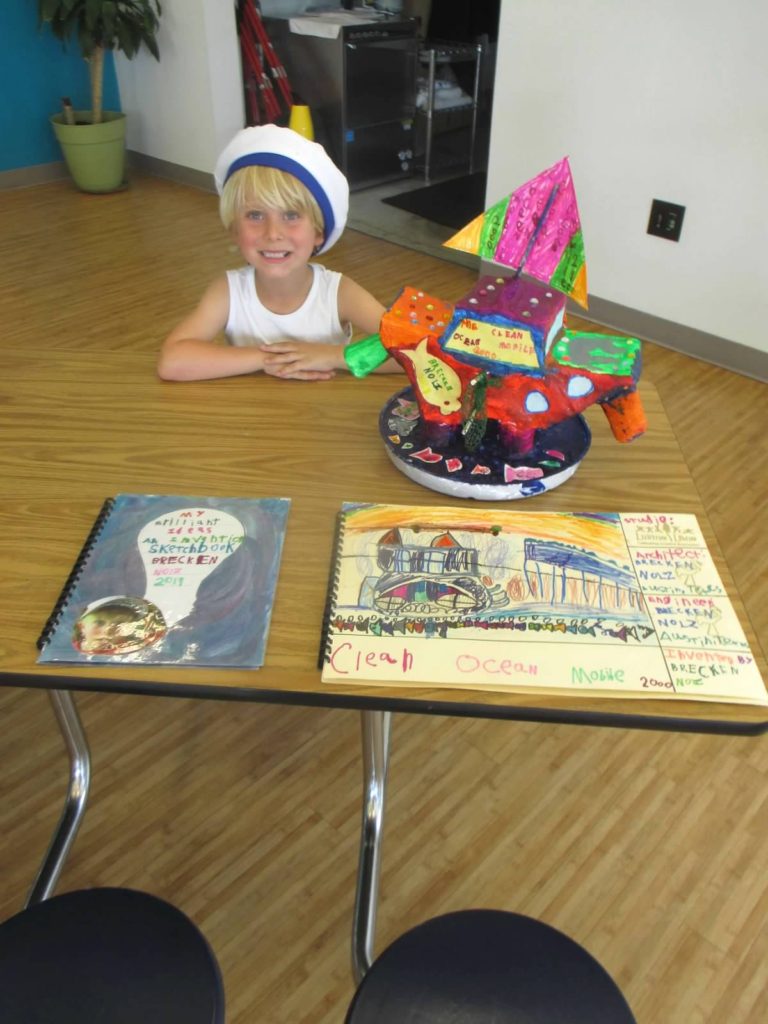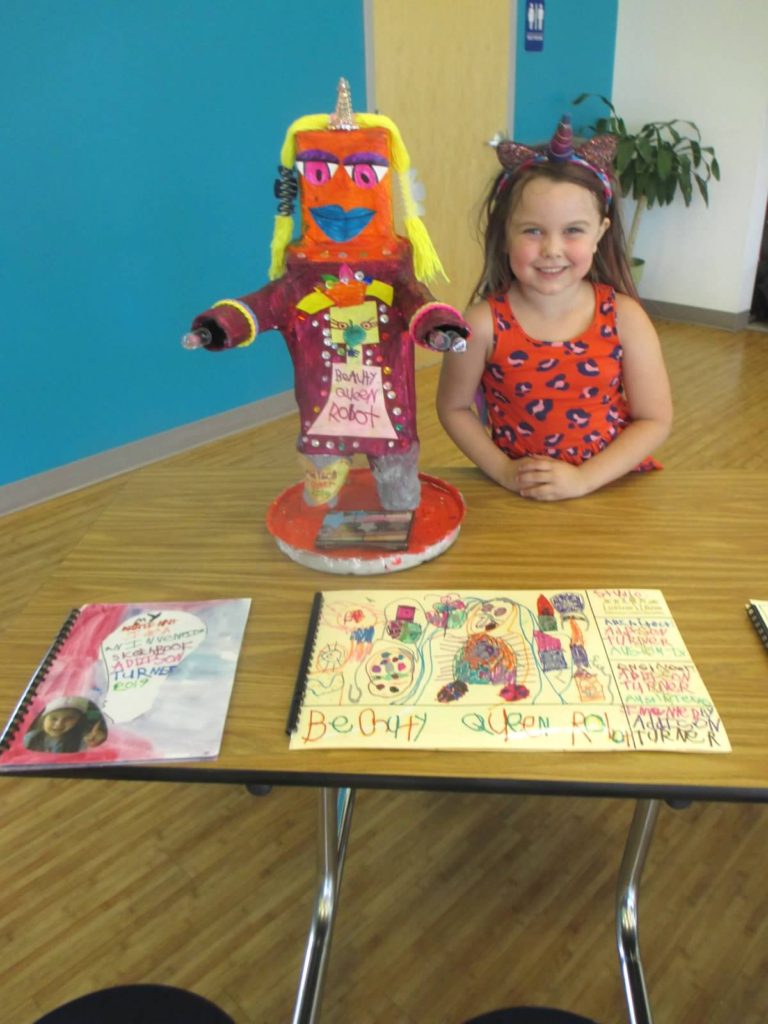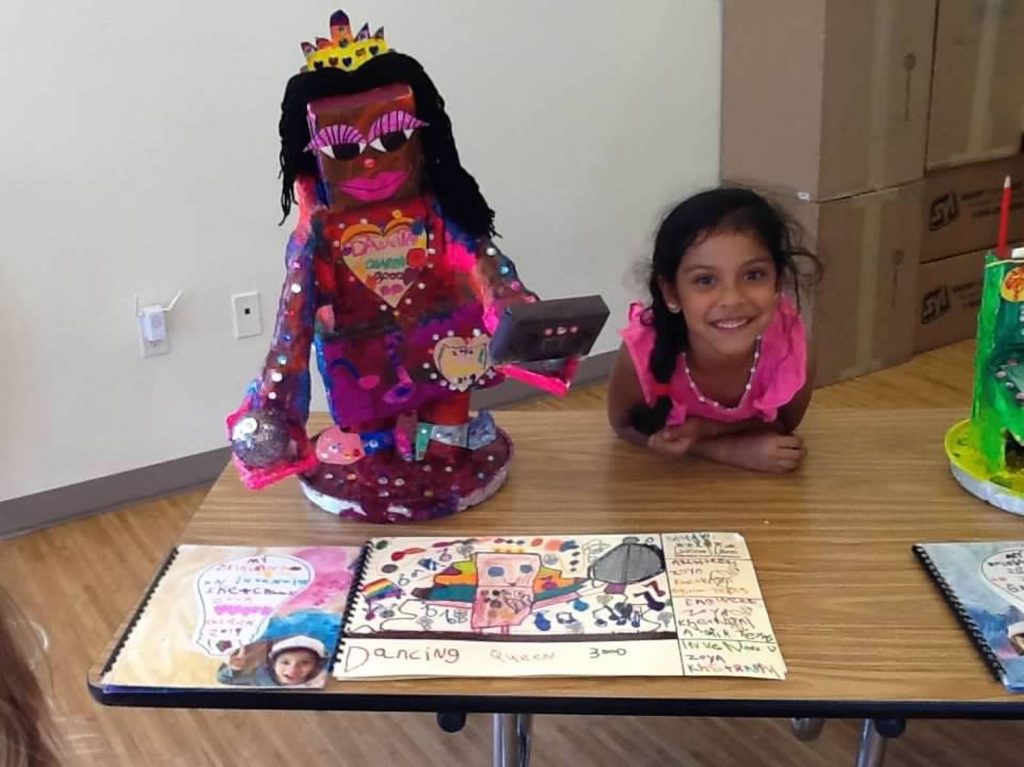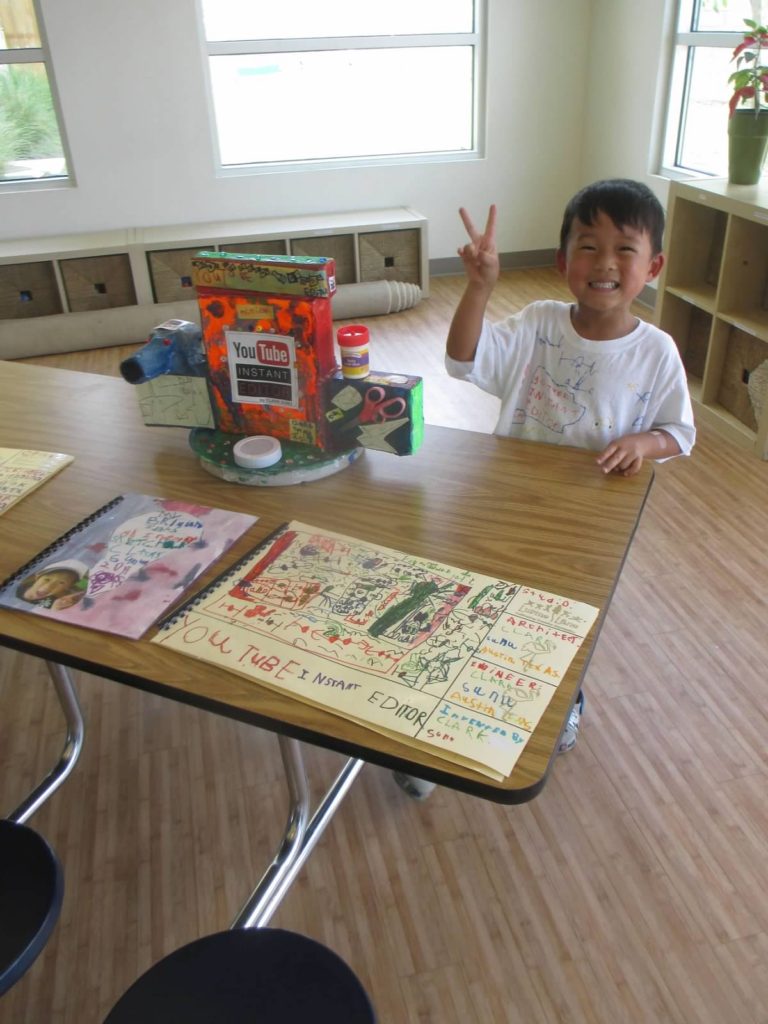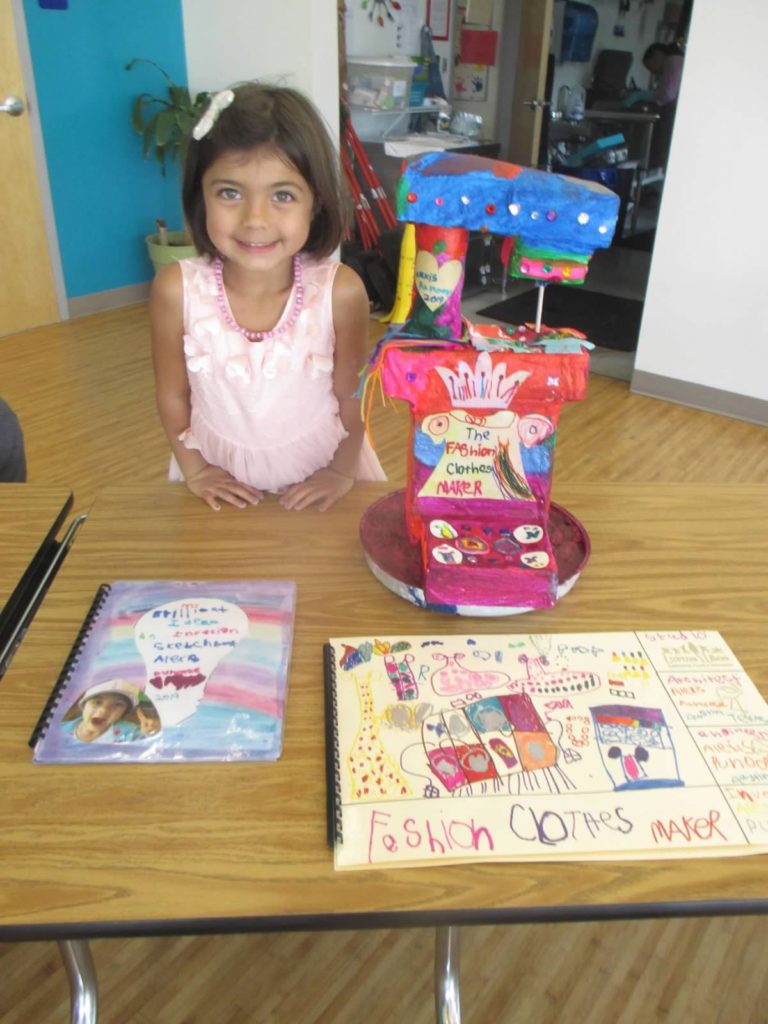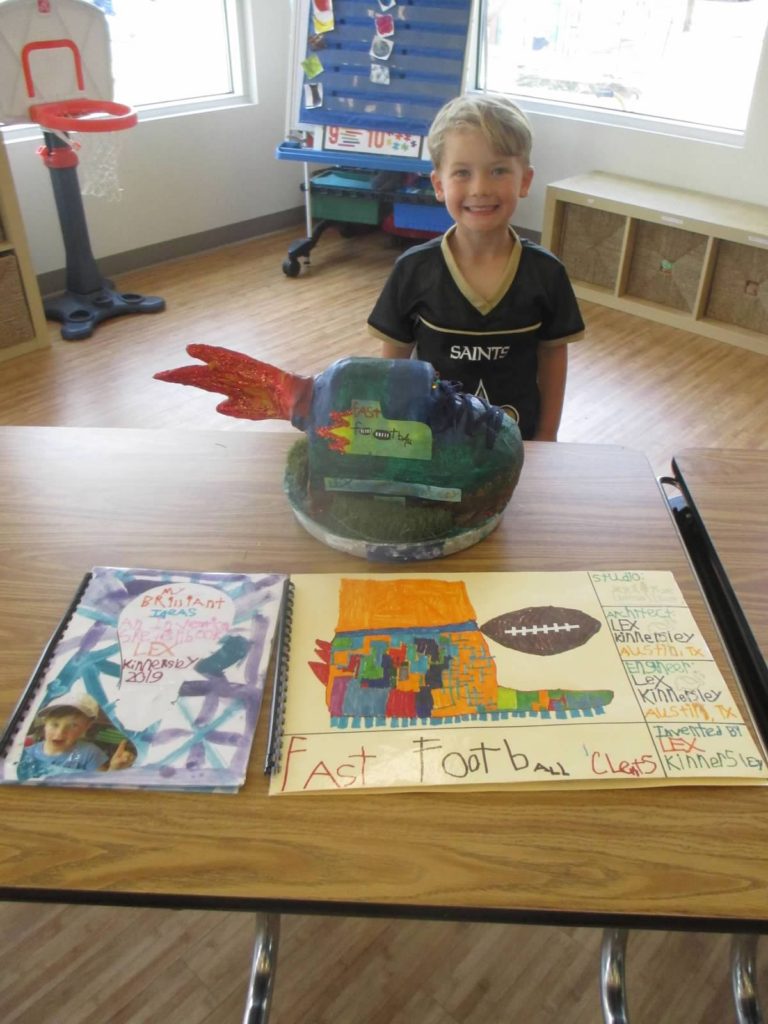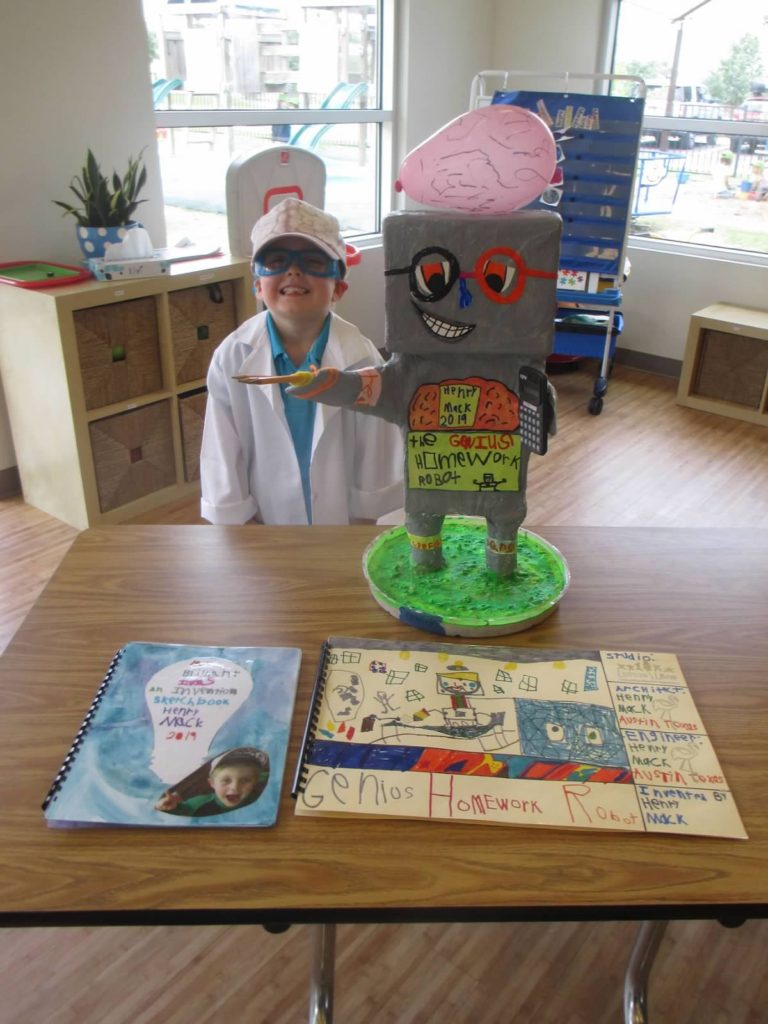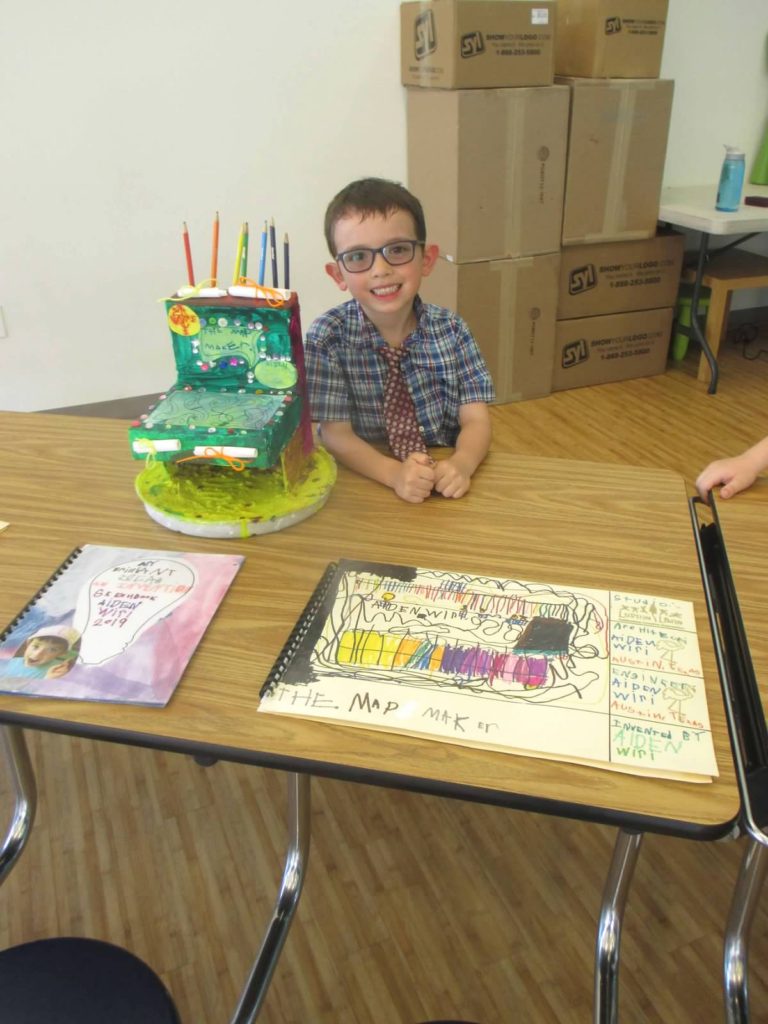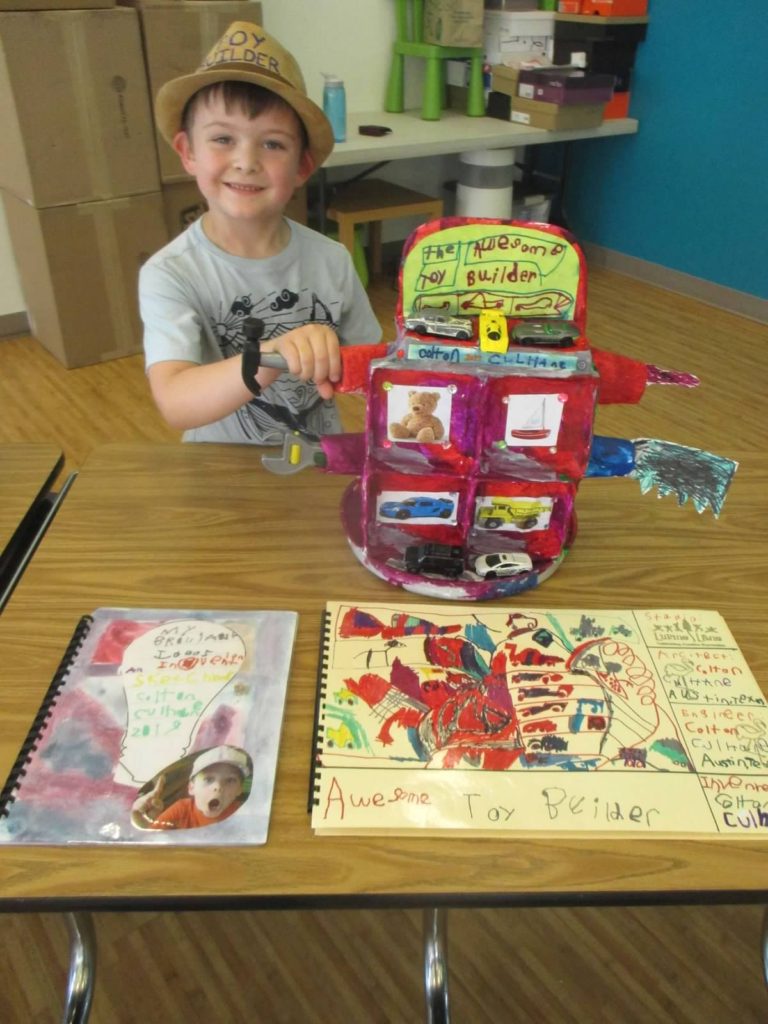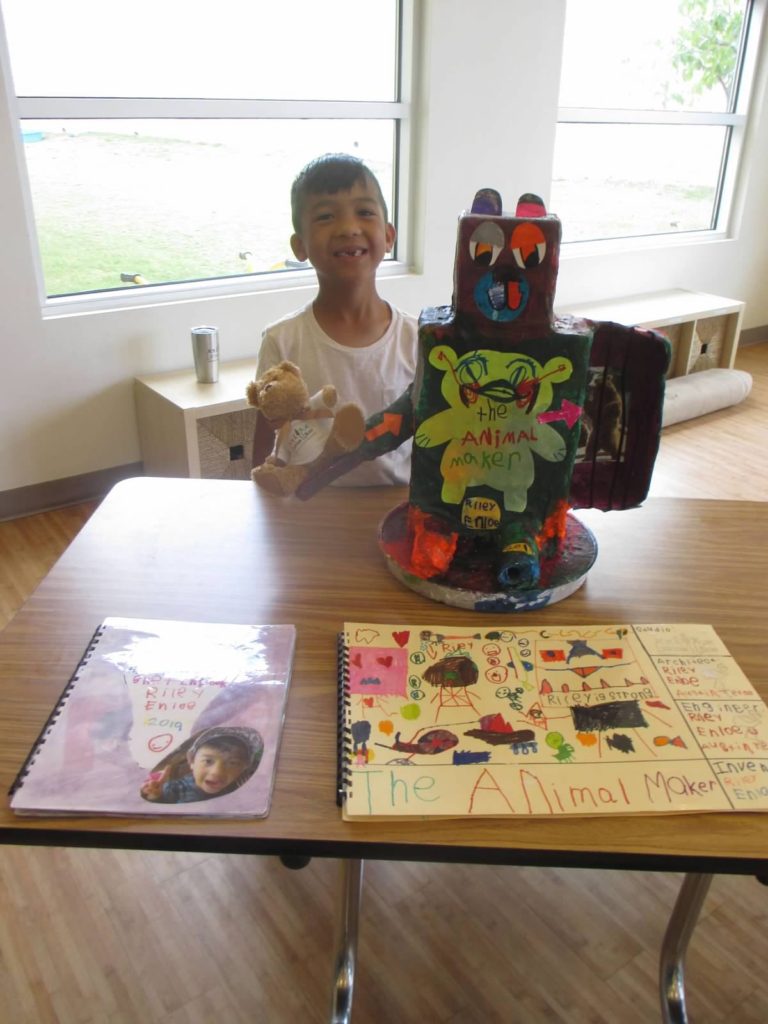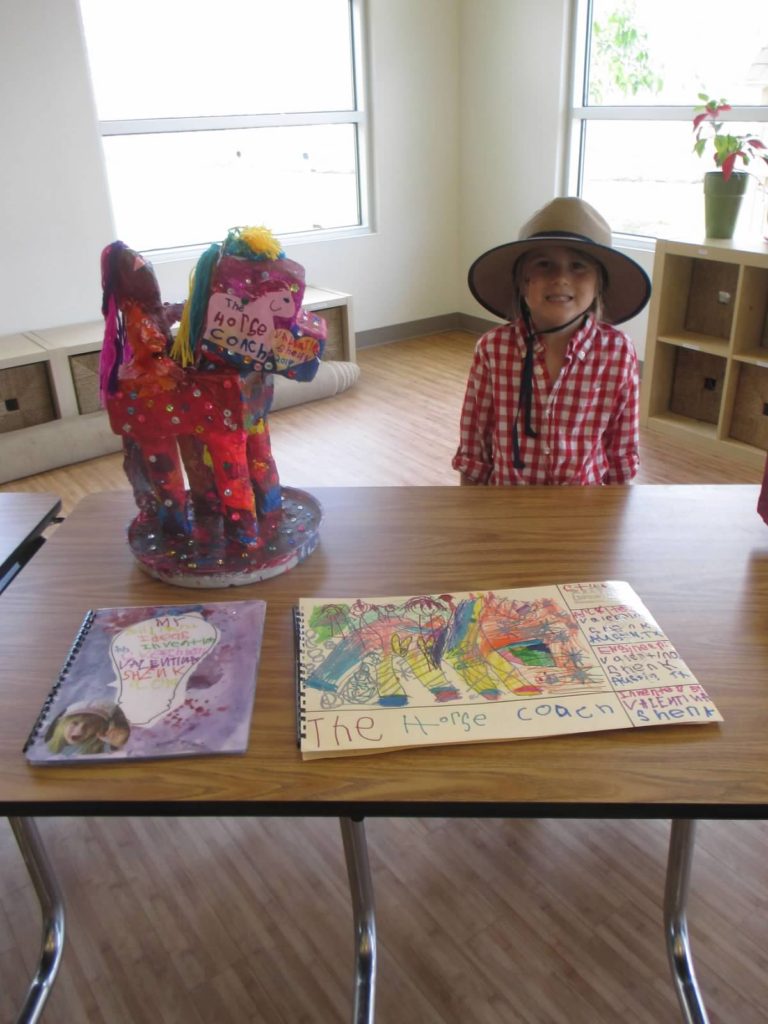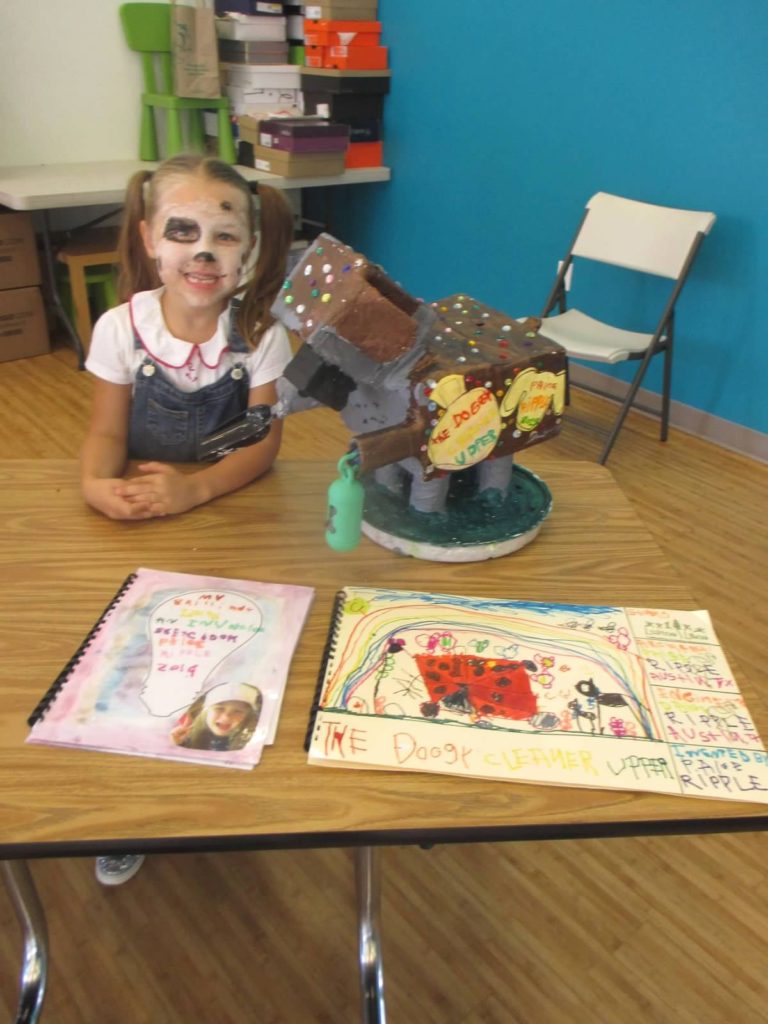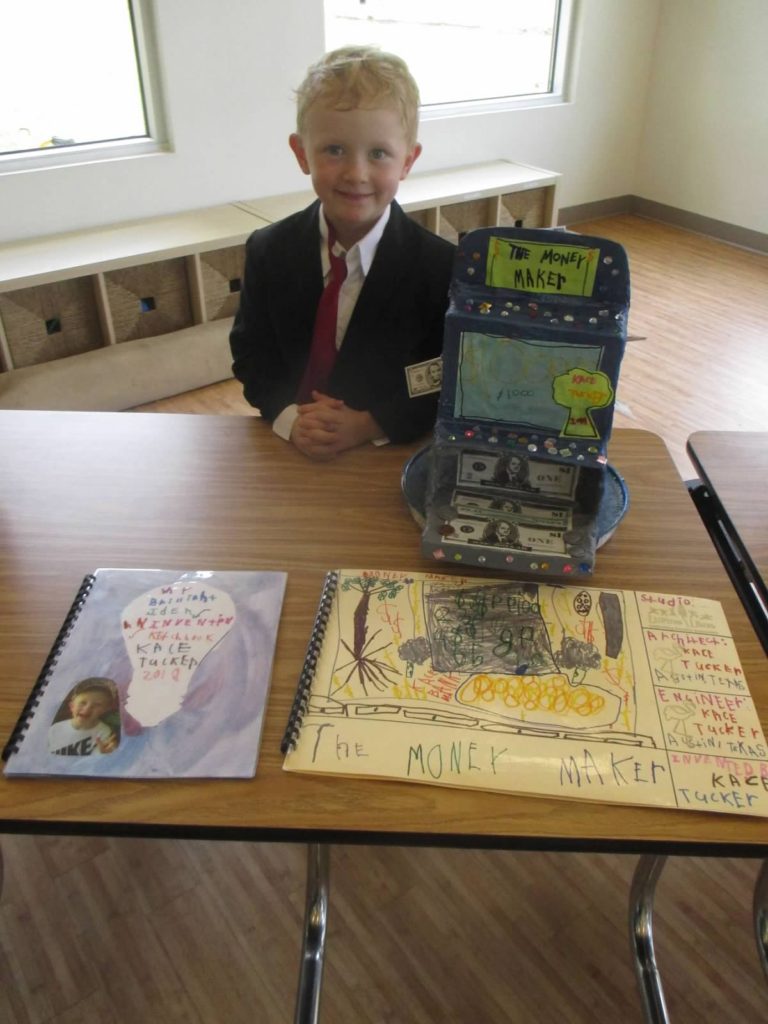From Ms. Lauren, Ms. Elisa and Ms. Kathryn
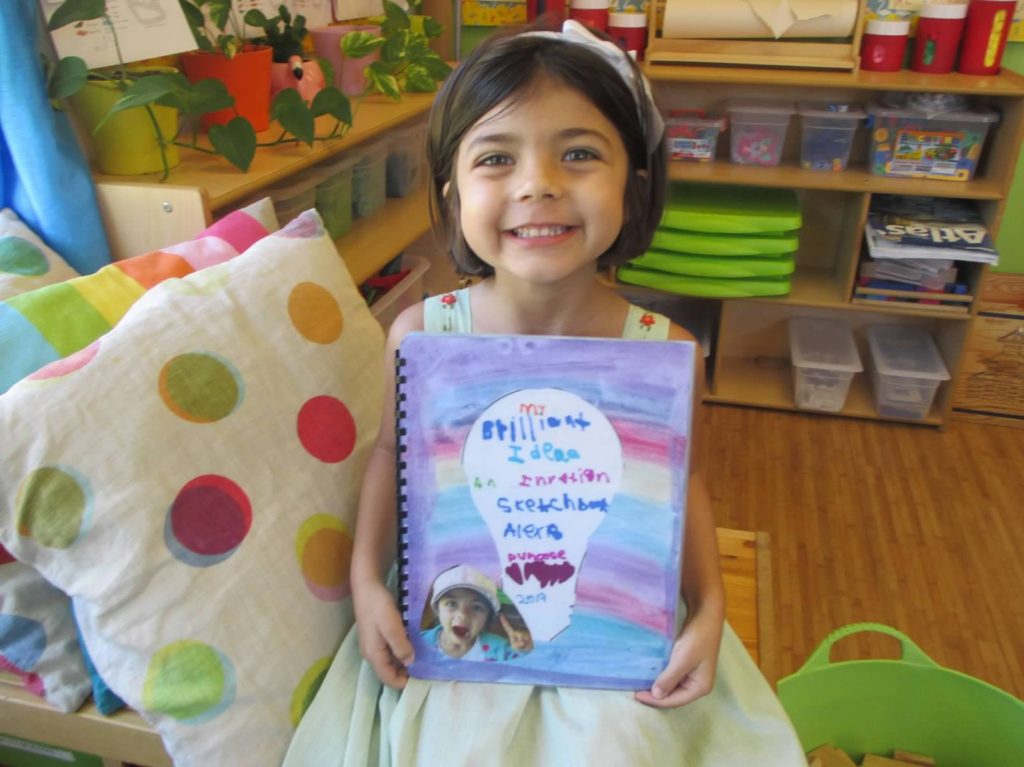
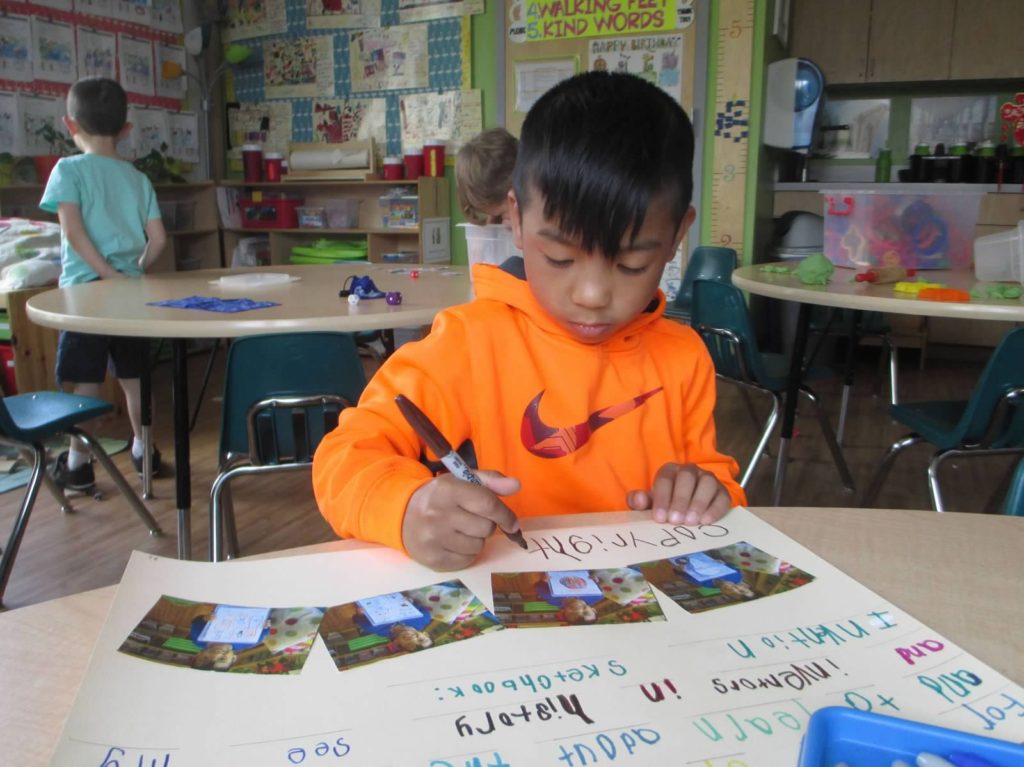
There are times when a teacher finds a topic that allows for individual interests to emerge and flourish as each child learns and expresses themselves creatively.
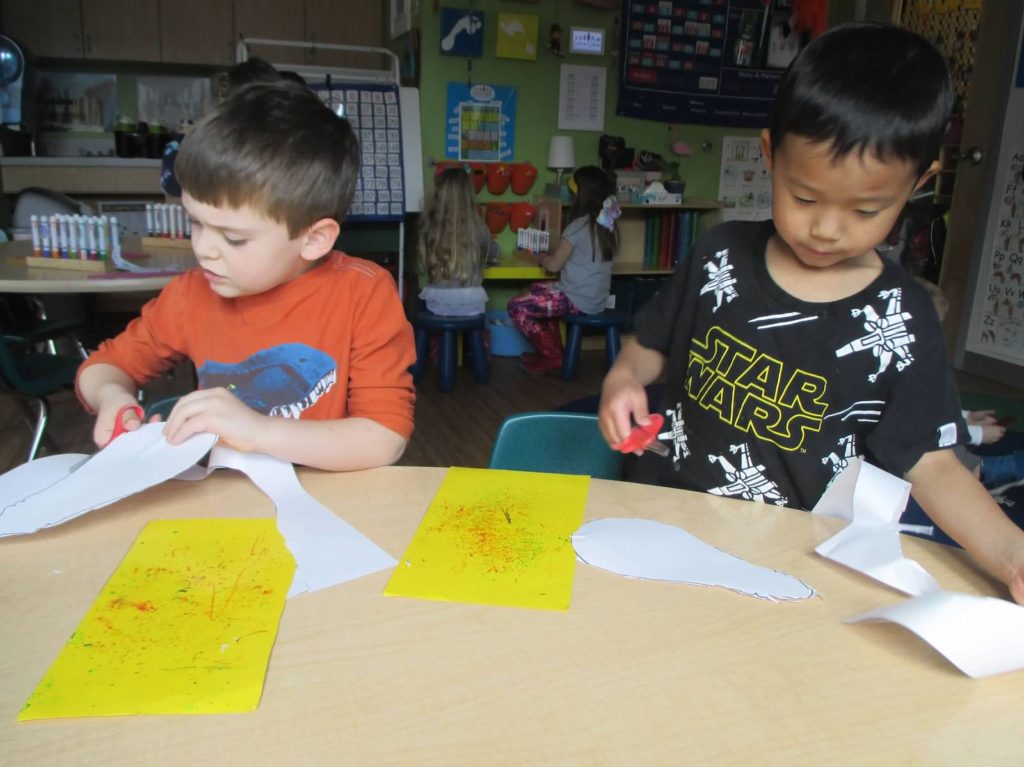
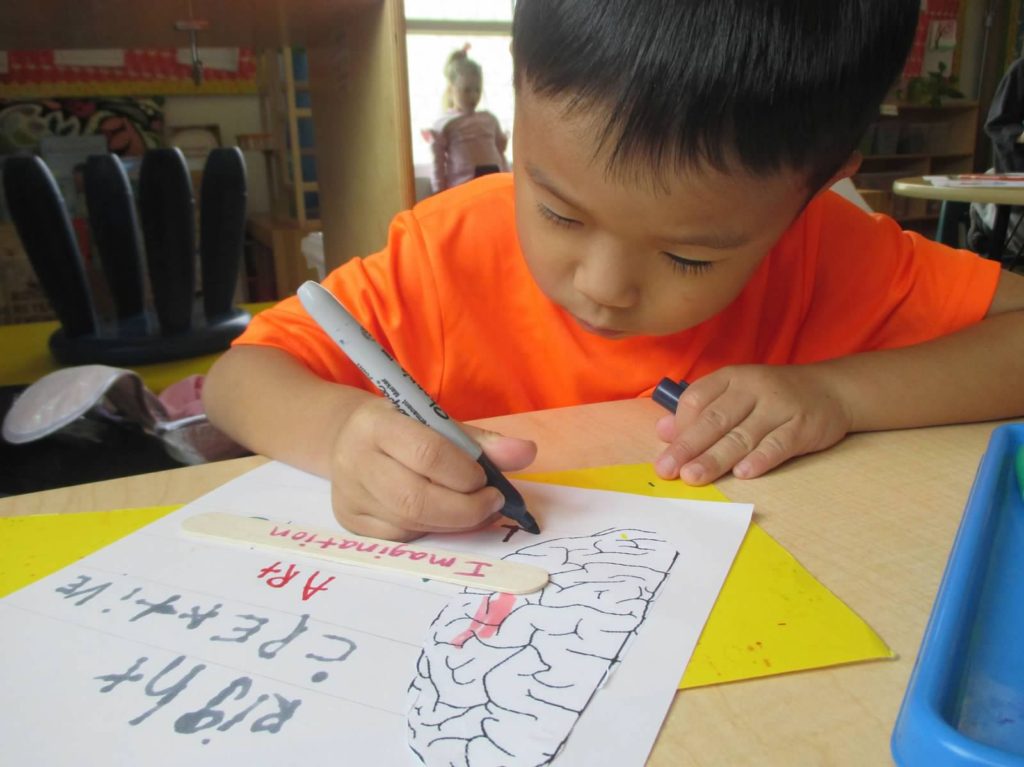
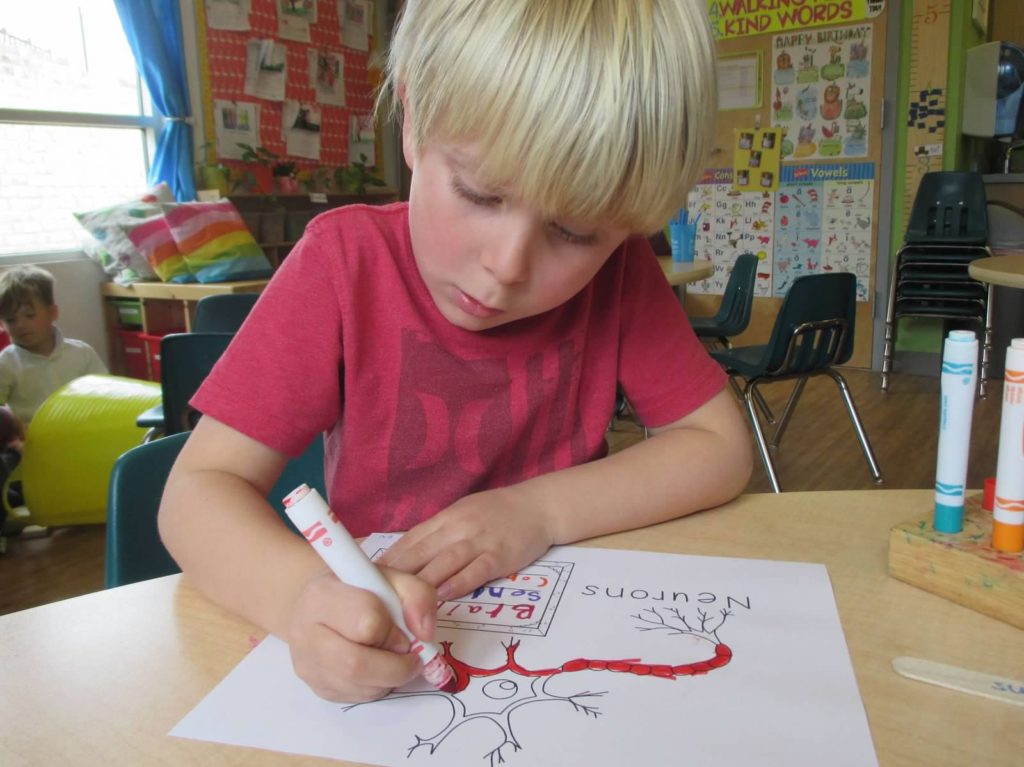
In the Flamingos’ class, we have worked on an Invention Topic Study several different years since it does just that: the kids are able to grasp concepts, develop skills and knowledge and intertwine their own interests to further develop in all four areas of our whole child scope: cognitively, creatively, social-emotionally and physically.
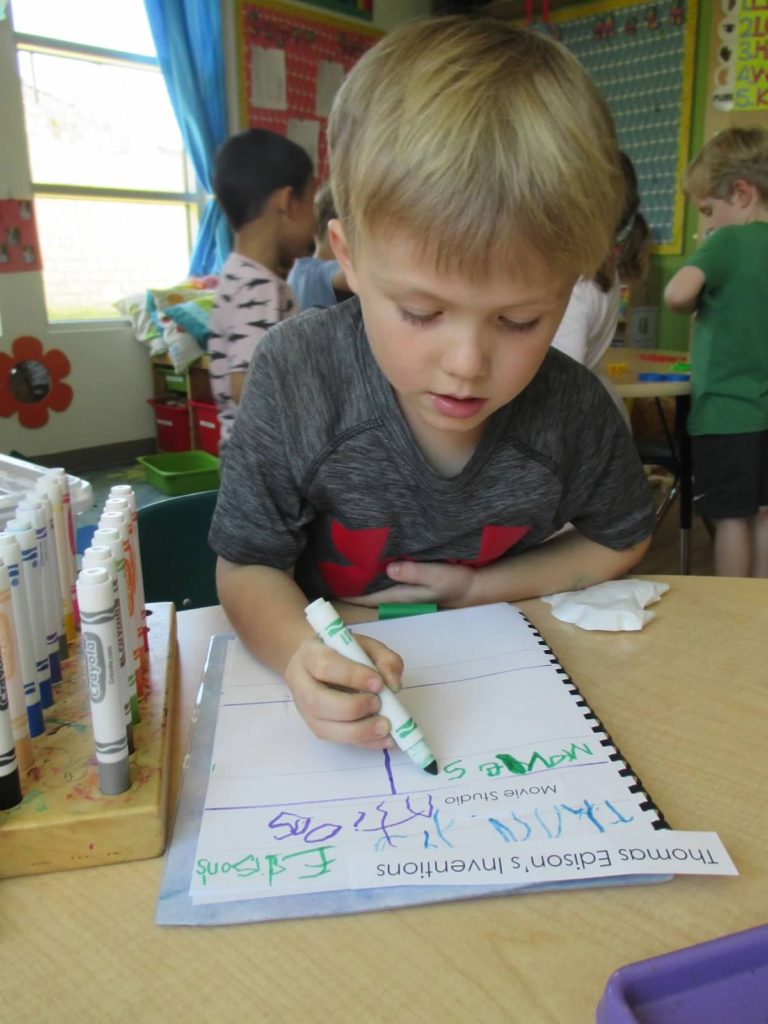
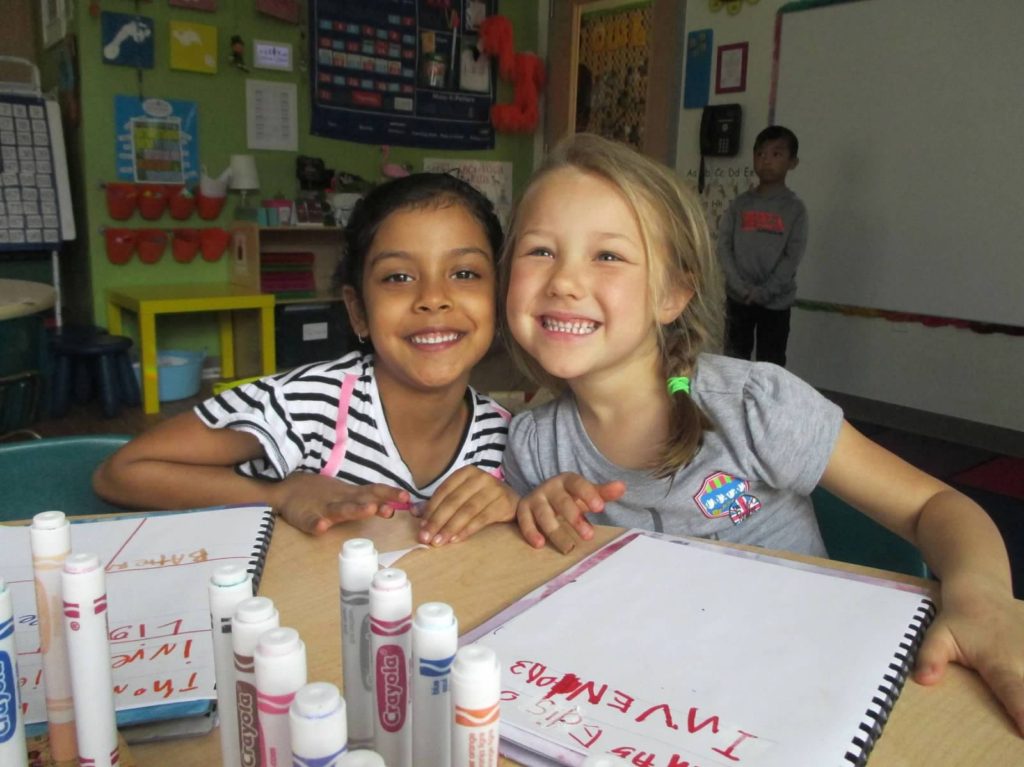
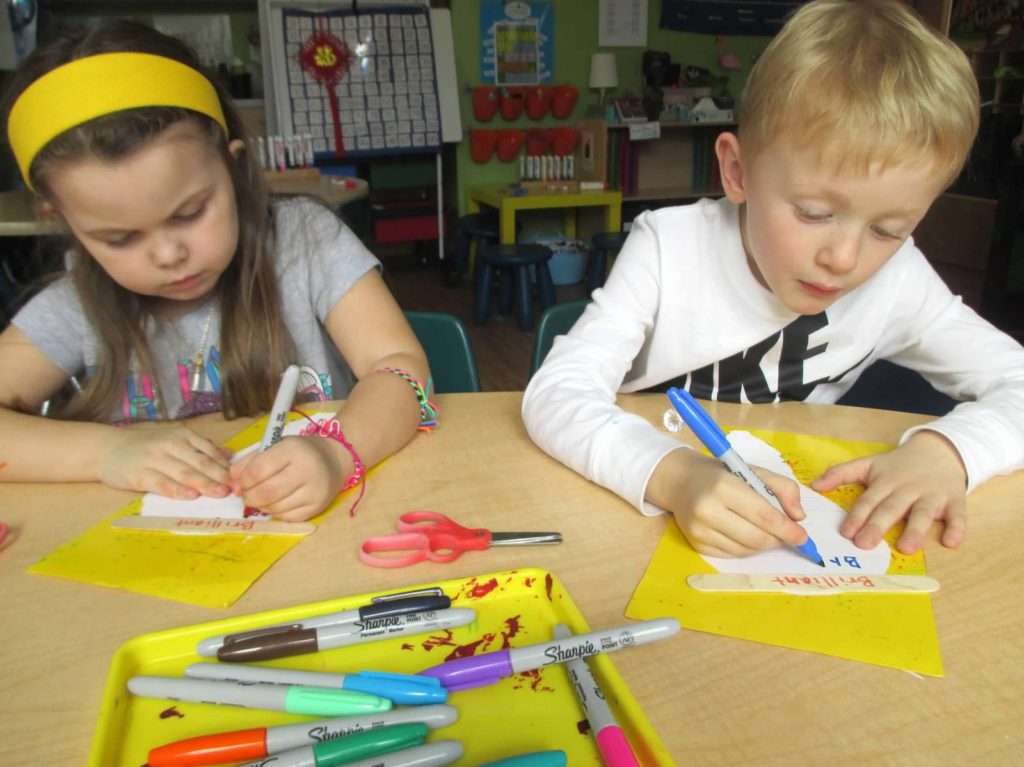
This past school year, we began our Invention Topic Study in mid-February. The kids began by learning about the human brain, including its parts and functions. They learned that their brains are “elastic” and grow stronger as they gain new knowledge and skills, otherwise known as neural connections. The kids were excited about neurons and how they connect and deliver messages from the brain to all of the parts of our bodies and build strong brain architecture.
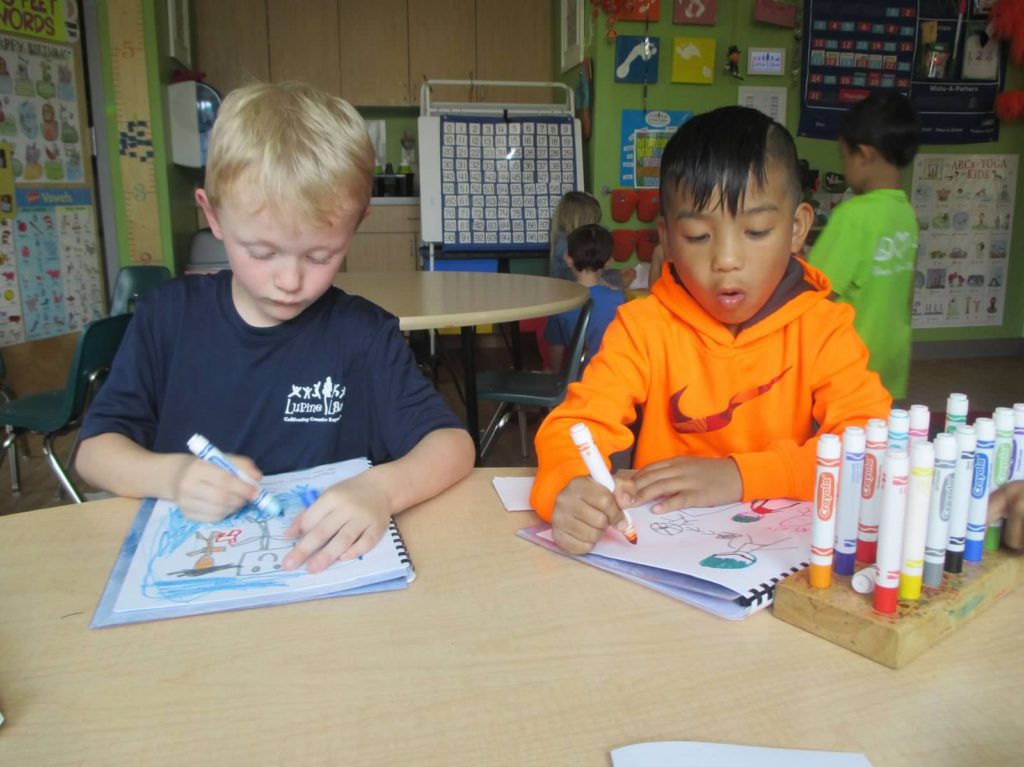
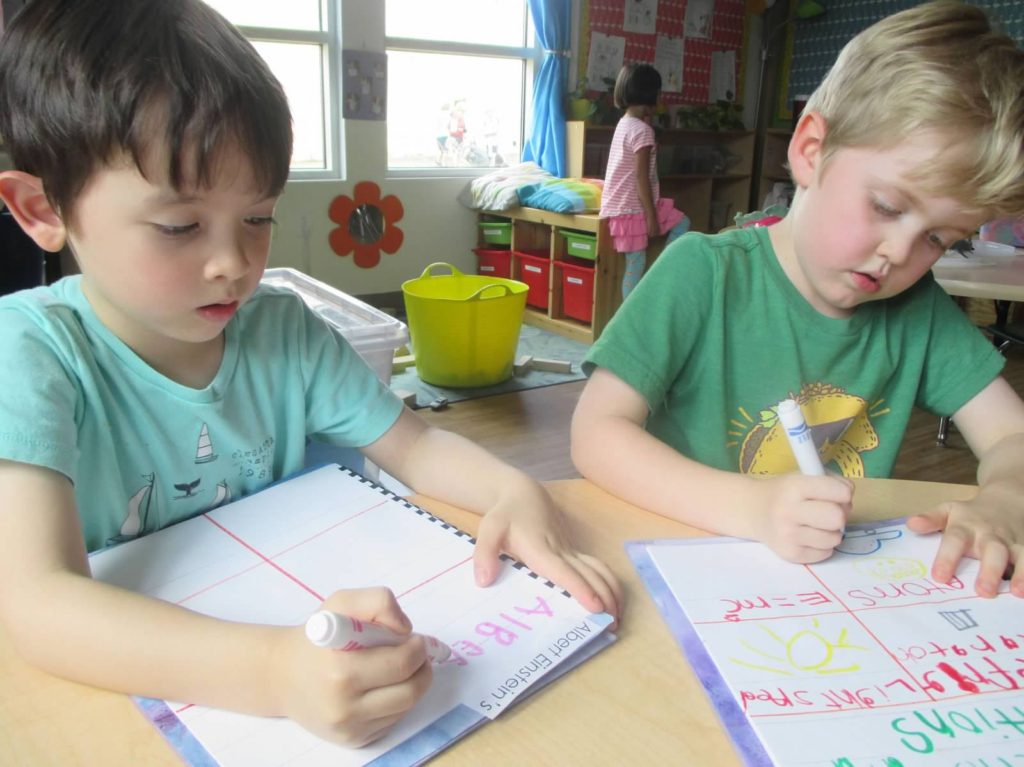
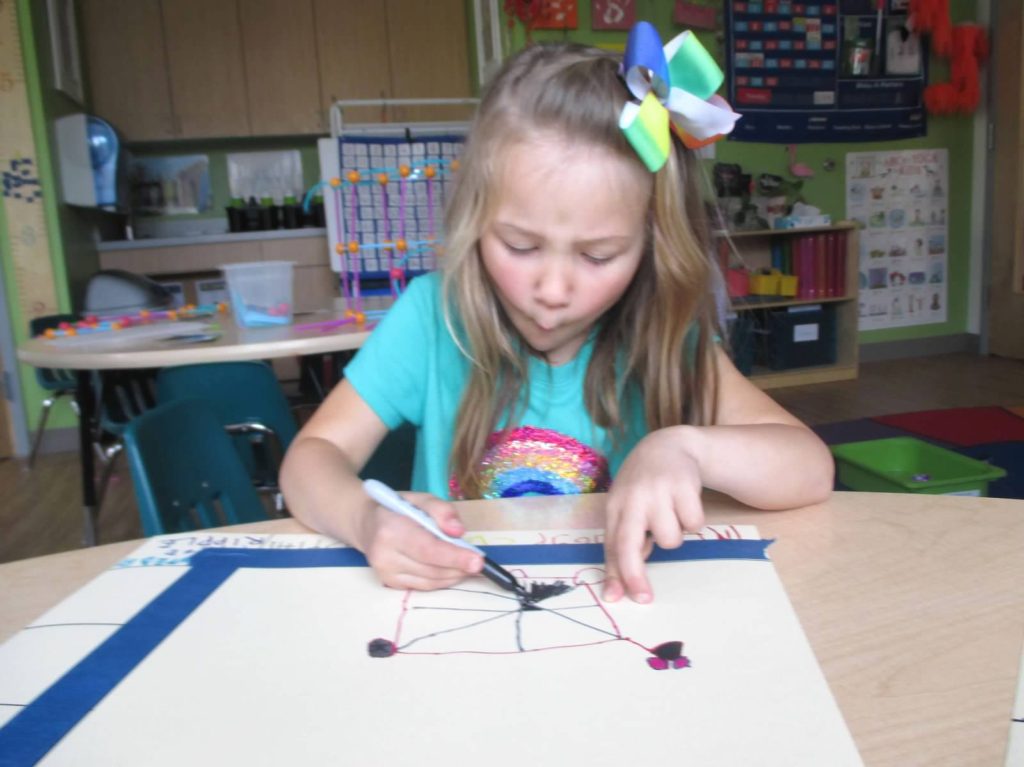
They understood the jobs of the right and left hemispheres: right is creative and left is logical and really enjoyed creating different labeled illustrations of each hemisphere. They also enjoyed discussing which hemisphere they felt they used more each day. It was interesting just how self-aware they all were when it came to their own strengths and interests.
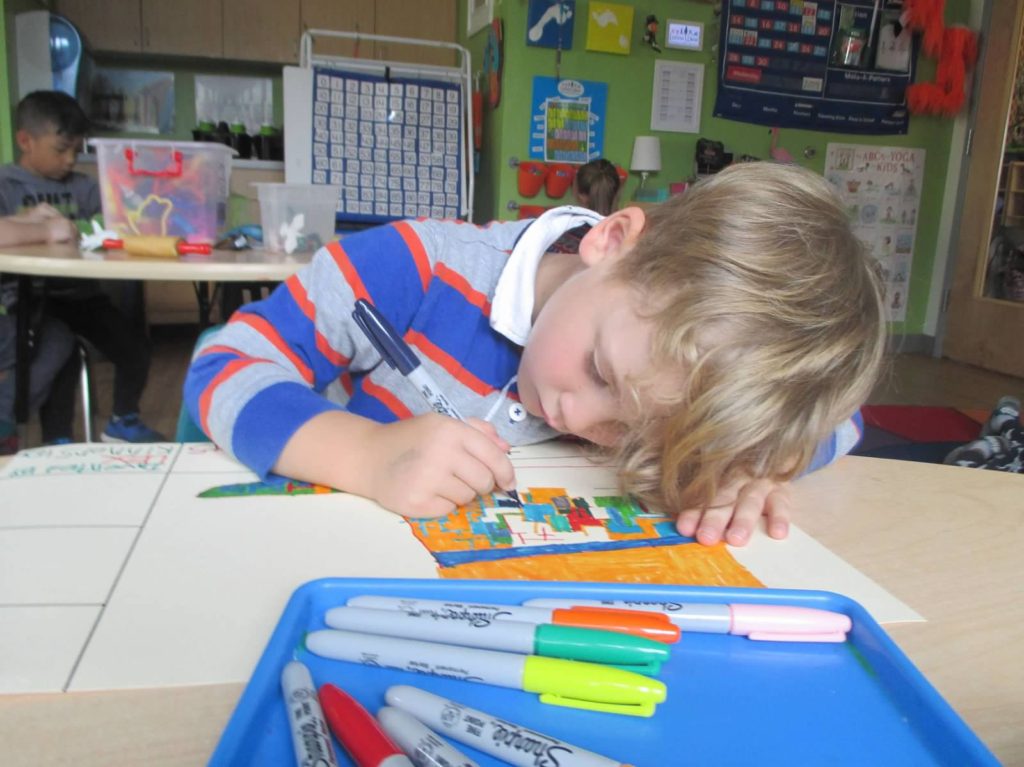
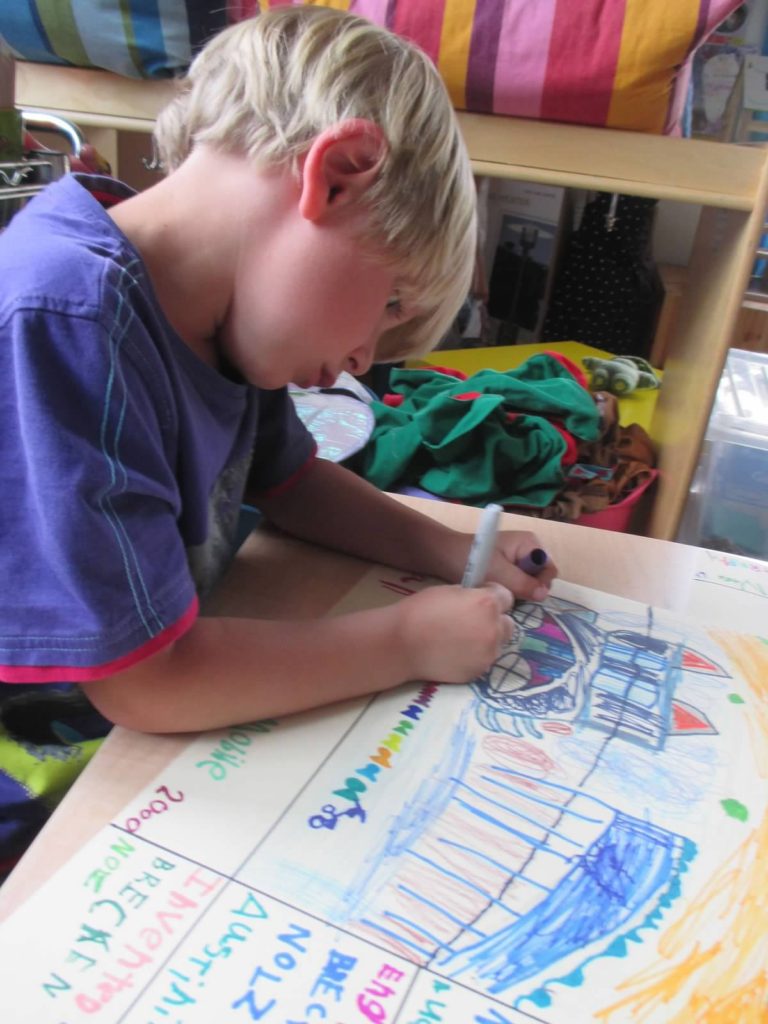

They dove into the book My Fantastic Elastic Brain, which goes into detail about the different parts of the brain and the jobs that each part serves. They learned how the cerebrum is the largest part and is responsible for speech, the cerebellum is close to the brain stem and almost resembles the shape of a heart (according to many of them, at least!) and controls our bodies’ movements. They loved the swirl shape of the hippocampus and how it stores all of our memories and the amygdala at the hippocampus’ base–we discussed how the amygdala is such a small part of the brain but is responsible for some big things–our emotions! They also enjoyed incorporating what they learned about the prefrontal cortex–it’s used for planning and making decisions, and they would often remind classmates and siblings when they weren’t using their prefrontal cortex!
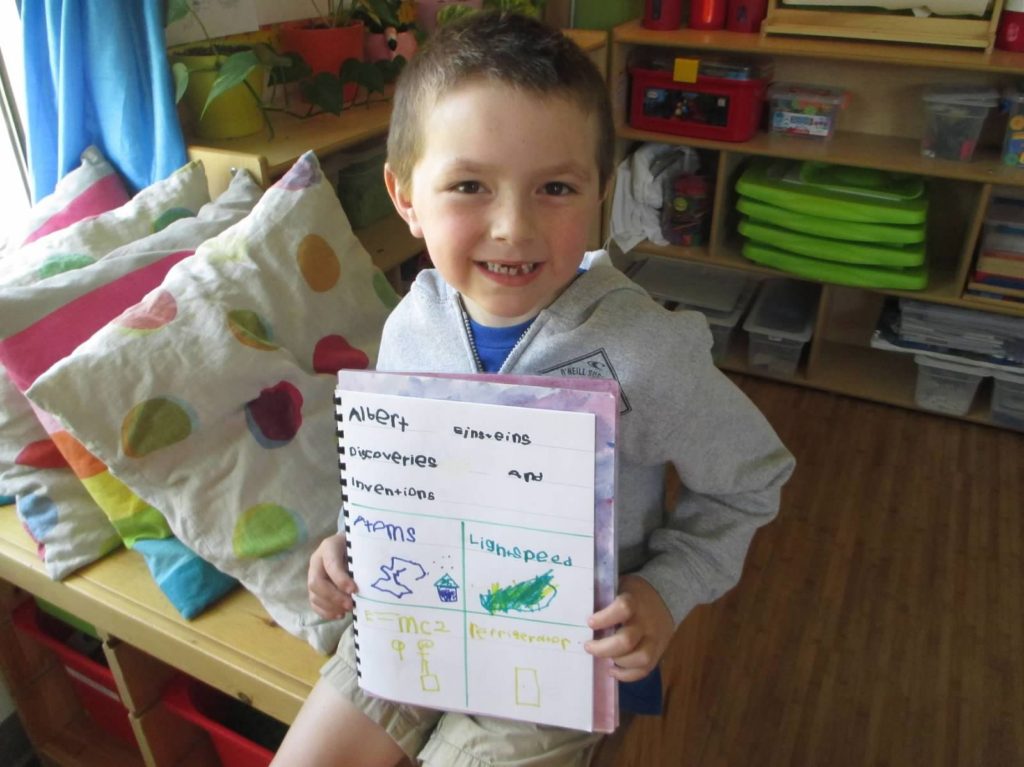
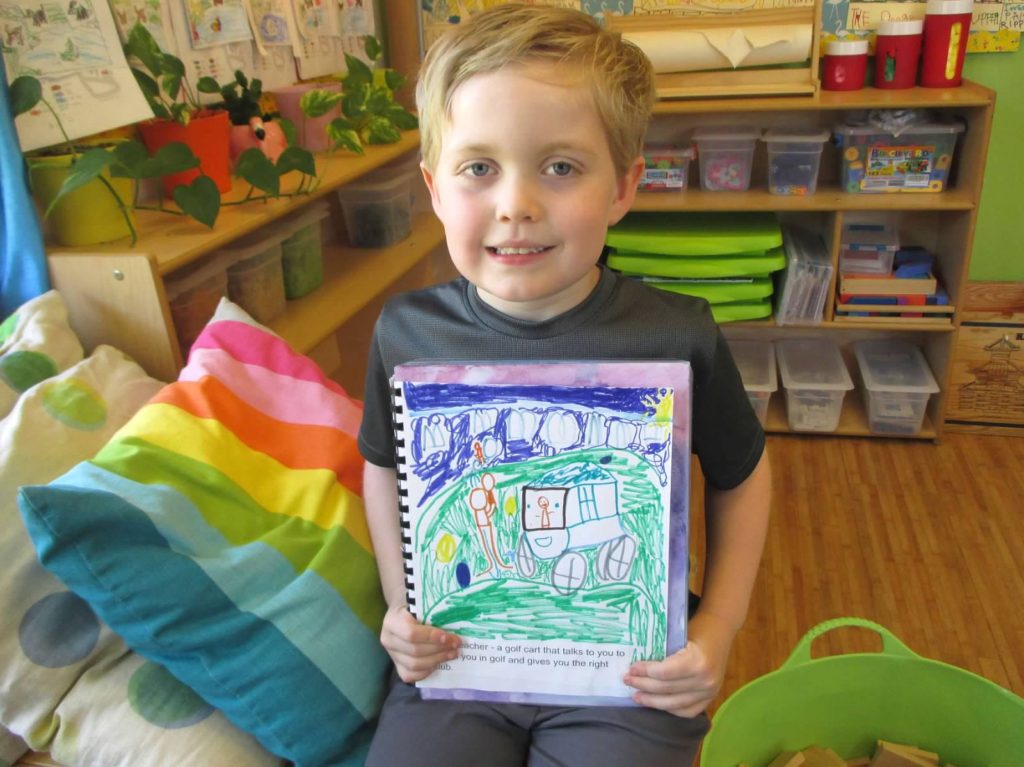
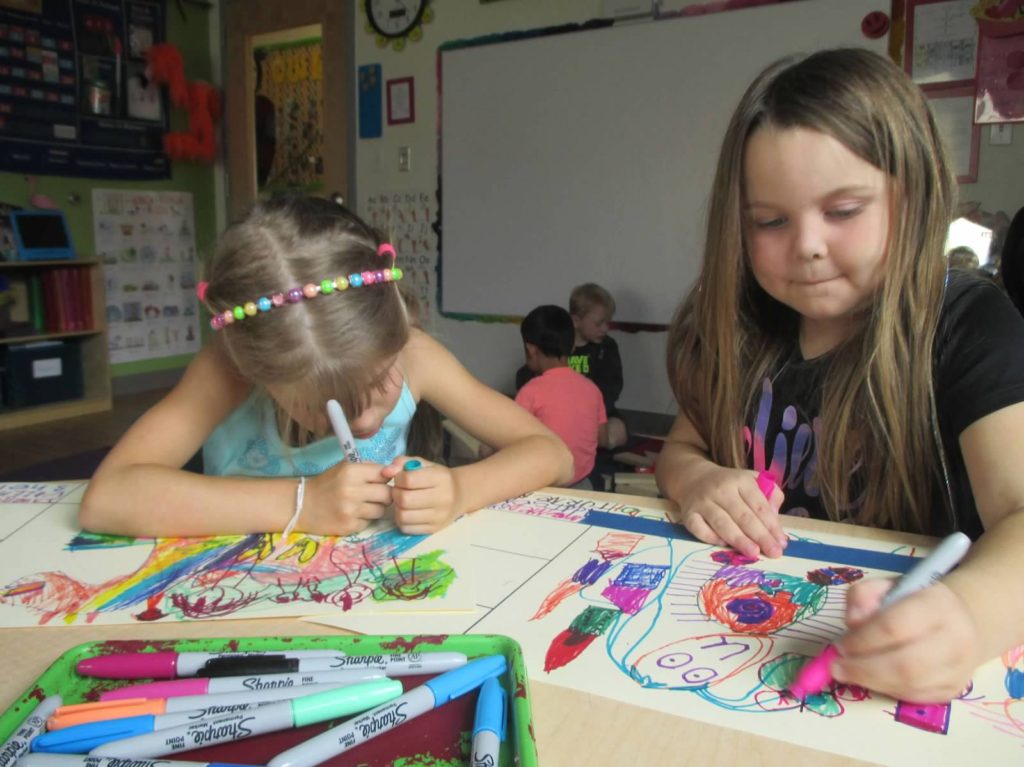
They recalled and applied the information they learned about the brain throughout he topic study, including when we learned about architects/designers and engineers. They were able to further grasp the careers based on their knowledge of the left and right hemispheres and which side architects/designers primarily use versus which side engineers use.
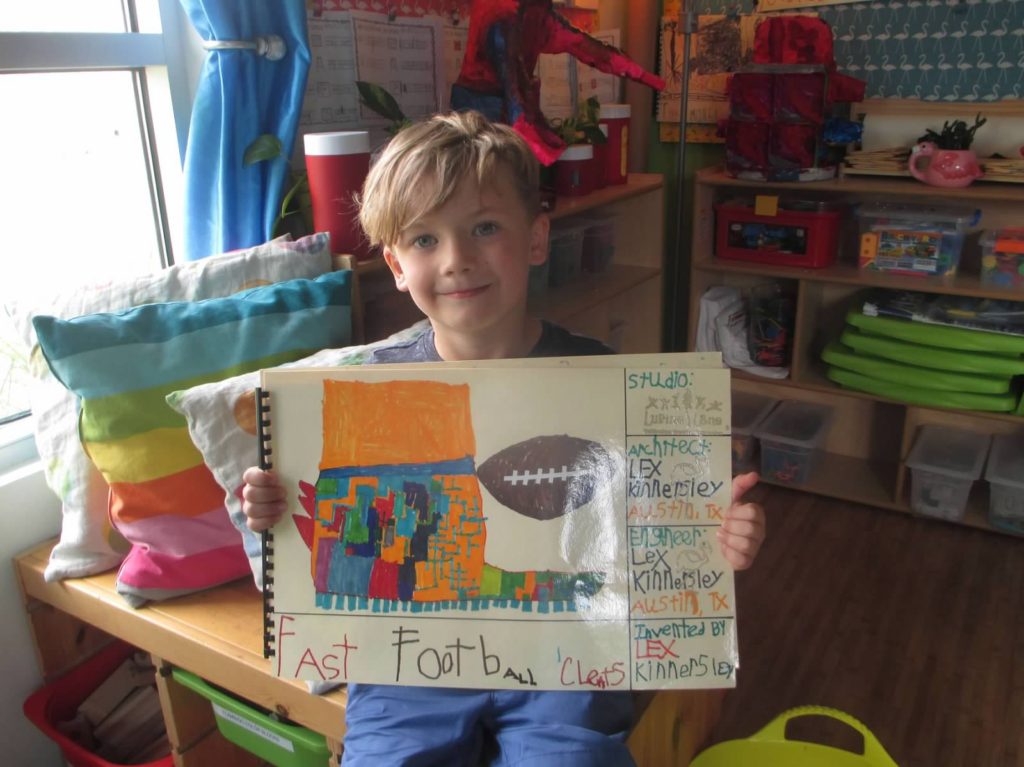

From the brain, we moved on to learning about inventors in history. We first learned about Leonardo di Vinci, his ideas and how he recorded them all in sketchbooks. The kids made their own sketchbooks which included all of their work on the human brain and on inventors in history. They wrote about and illustrated the different ideas, inventions and discoveries of di Vinci, Benjamin Franklin, Thomas Edison and Albert Einstein. Each day, we would explore these innovators through children’s literature. We’d also look at some different photos and videos on the Smart Board of these famous inventors’ creations and discuss how they have shaped our lives today. Many of the kids were really fascinated by things like Benjamin Franklin’s butter-churning chair and they impressed all of us with how they grasped Albert Einstein’s discovery that everything we see is made of tiny particles called atoms. Their illustrations of these discoveries and inventions were incredible and served as a true “assessment” as to whether they really grasped the concepts–even the more abstract ones.
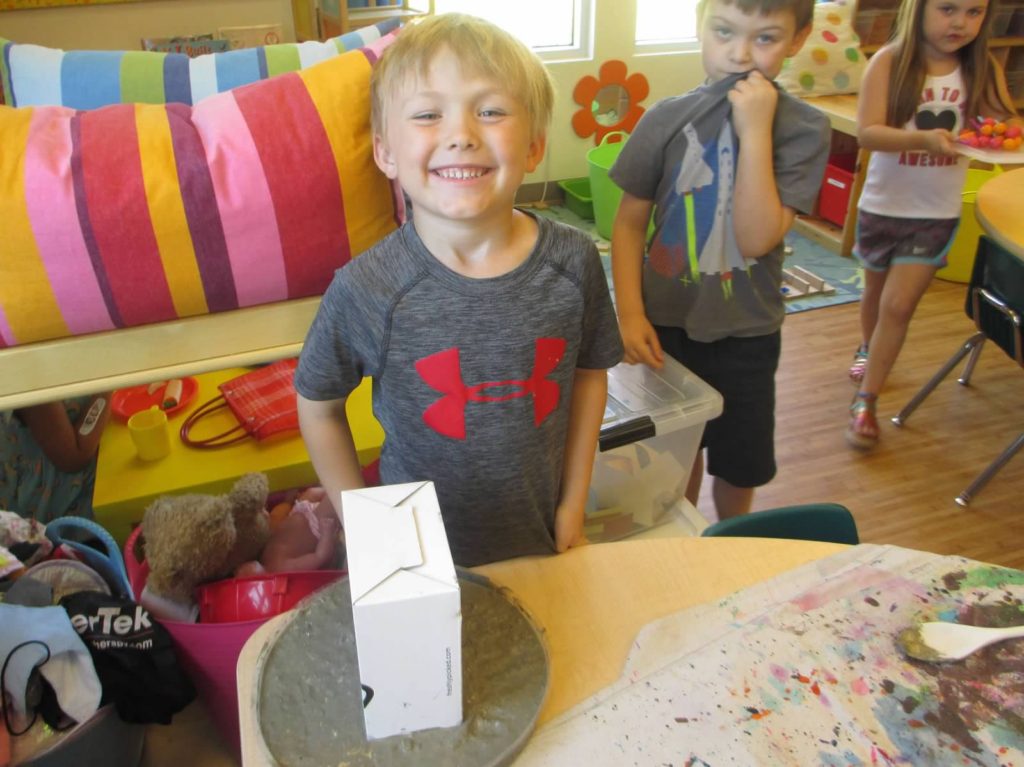
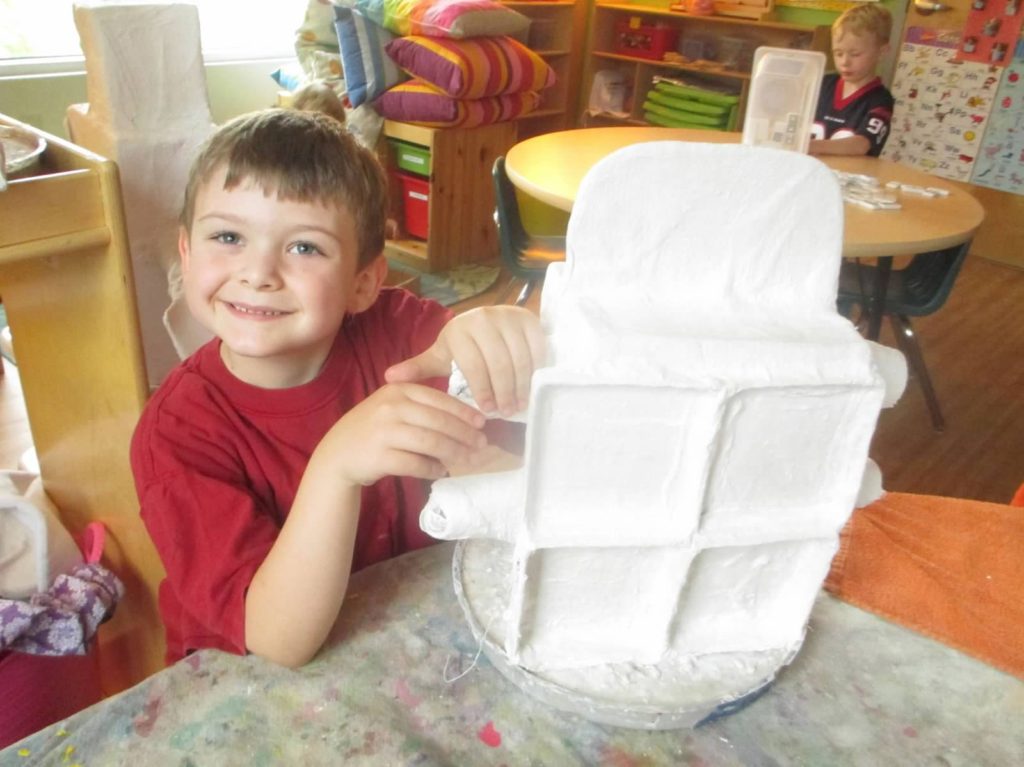
After the kids gained a thorough understanding of what an invention is (our working definition was that an invention is something that makes your an aspect of your own life or the life of others easier, faster or more efficient) they began brainstorming ideas for their own inventions. We did this in large groups, small groups and one on one with a teacher since some of the kiddos were really excited to share 8-10 ideas in front of everyone and others preferred to talk one-on-one to flush out their thoughts. The kids filled their final pages in their sketchbooks with their brainstorming ideas and went on Spring Break to think about and talk with their family about which idea they were going to choose to develop.
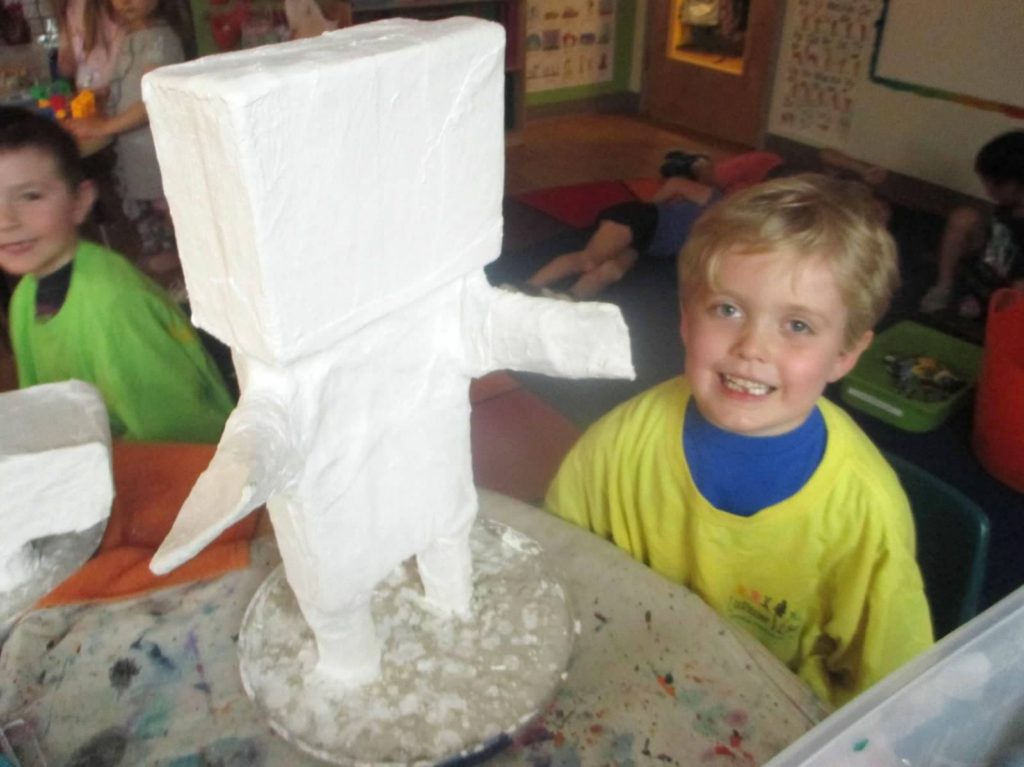

When we returned from Spring Break, the kids made a decision about the idea they would fully develop into a set of blueprints and build a prototype for our Invention Convention. They had ideas like the Clean Ocean Mobile 2000 – a boat that cleans the pollution from the oceans so sea life can live and grow and the Beauty Queen Robot – a robot that does people’s hair and make for them wherever they are.
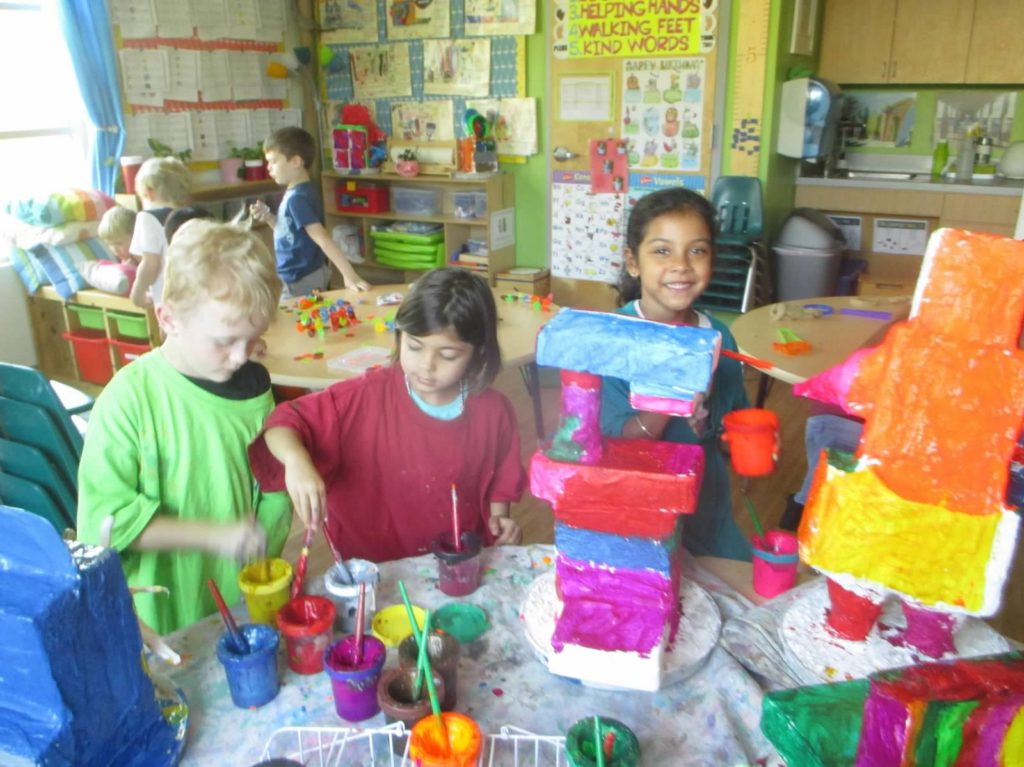
They all created a rendering of their idea for the cover of their blueprints. They learned about architects, designers and engineers and what roles they play in the process of creating something new. They all enjoyed completing the architect, engineer and studio blocks on their blueprint covers and stamping them, in true professional fashion. They learned about patents and copyrights and included these on their covers as well.
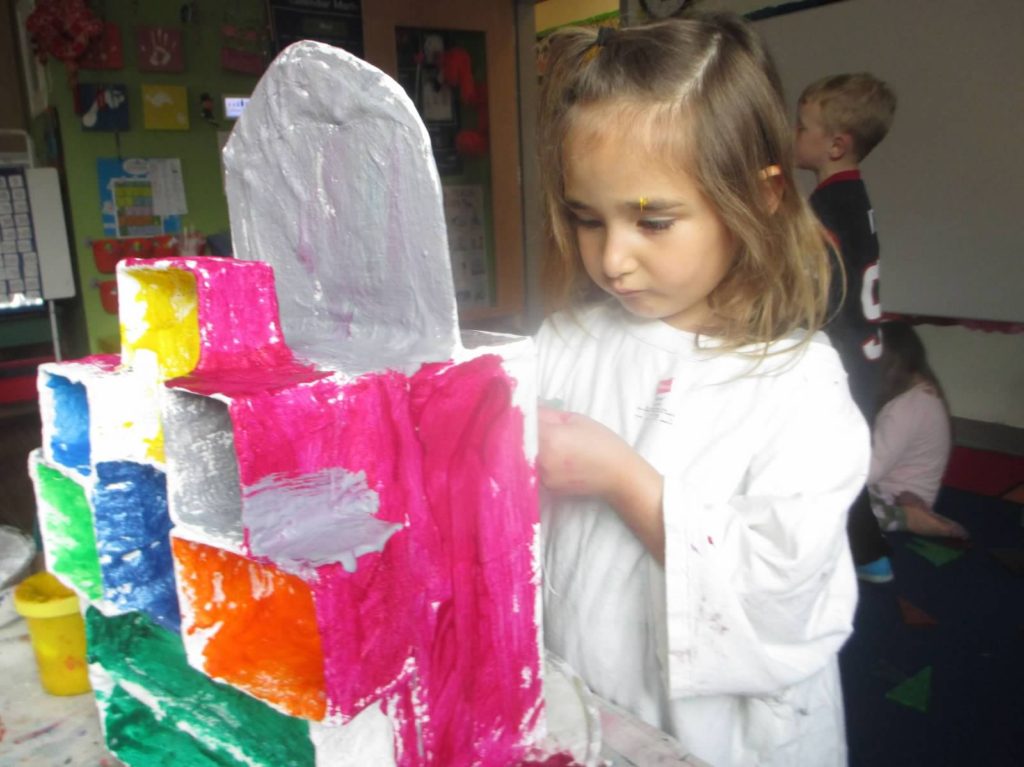
Within each of their sets of blueprints, we bound 5 pages. Each page included different lessons about a new facet of their inventions. The first page was for the structure. The kids enjoyed examining the blueprints for our school and then going into the attic to see how wood, screws, nuts, bolts, pipes, insulation, metal, sheet rock and more make up the structure. We also discussed the structure of their bodies and they learned how structure is what holds something together and upright–we talked about our skeleton, muscles, skin and organs and how they all work to keep our bodies strong and moving. Then, they drew their invention’s structure and labeled the different parts. From there, we discussed materials. It was a great second page after structure, because the kids had a healthy list of ideas for different materials, which they used to choose their own and draw and label on their second page: Materials and Cost. They also worked to determine the cost. This included a lesson on money and how to come up with a price. They enjoyed talking about how they would make the price expensive because of how expensive it was to make or how they set the cost to be inexpensive so many people could buy it.

We then went on to discuss power. The kids enjoyed learning about batteries, electricity and different sources of power. We took a few more “mini field trips” to look at the electrical lines around the school, pylons in the distance, the circuit breakers and the large and small wires that bring power all over our school. They really grasped how a circuit has to be closed for power to flow and enjoyed experimenting with potatoes, wires and nails to demonstrate this concept. They learned about solar power and played with mini solar panels and saw how they collect the sun’s energy to create electricity. They also learned about hydro power, wind power and coal power. They all decided the different source or sources of power their invention would use and wrote about and illustrated that in their blueprints.
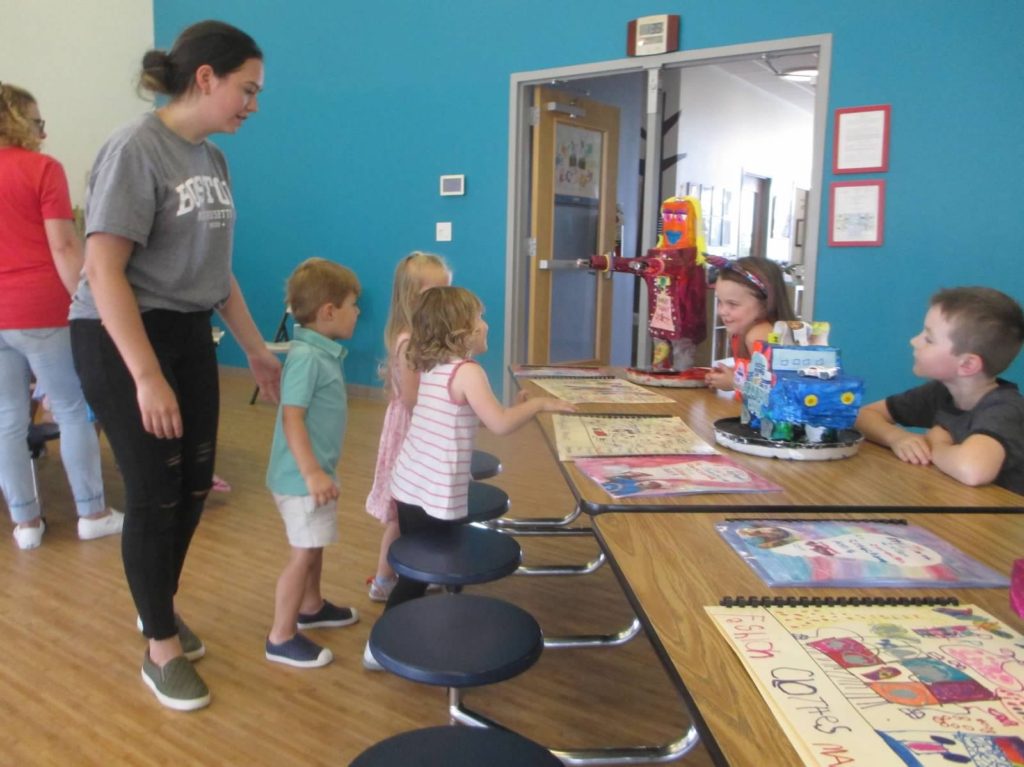
For the last page in their blueprints before they began their 3D prototype, the kids learned about logos. We looked at different logos in our community and they came to the conclusion that a logo tells you about what something does or what a place has. They enjoyed looking at the different logos and then coming up with their own.

The last step in the process was to create a 3D prototype. The kids learned about a prototype, or model, and how it is a representation of the real thing. We looked a globes, dolls, Matchbox cars and more to grasp the concept of a model. The kids understood how a model shows the basic idea of something but may not do everything the real thing can do. So, we embarked on the messy journey of creating their prototypes.
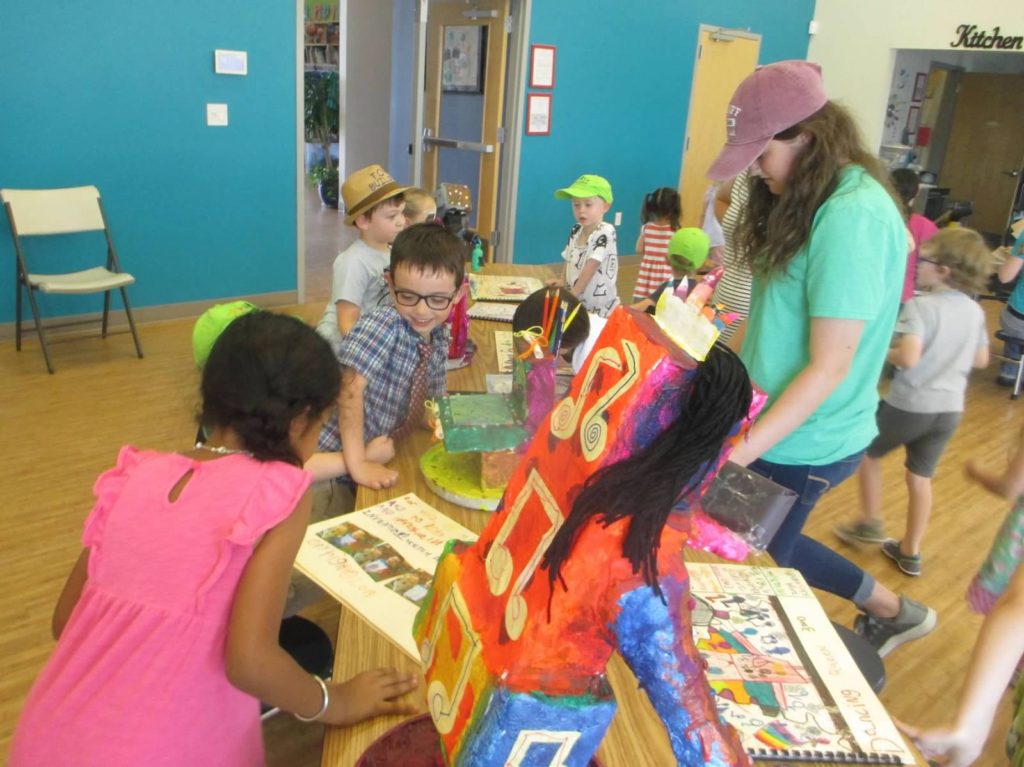
We started with mixing and pouring concrete for their foundation and they were all excited to forage our growing collection of recycled materials to come up with the structure of their prototype. We then used painters tape, glue and finally plaster to create a solid and sturdy sculpture. They had a lot of fun with the plaster–they had used it to make family trees in the fall, so they were familiar with how to use the material and really enjoyed the process of making their structure come even more to life.
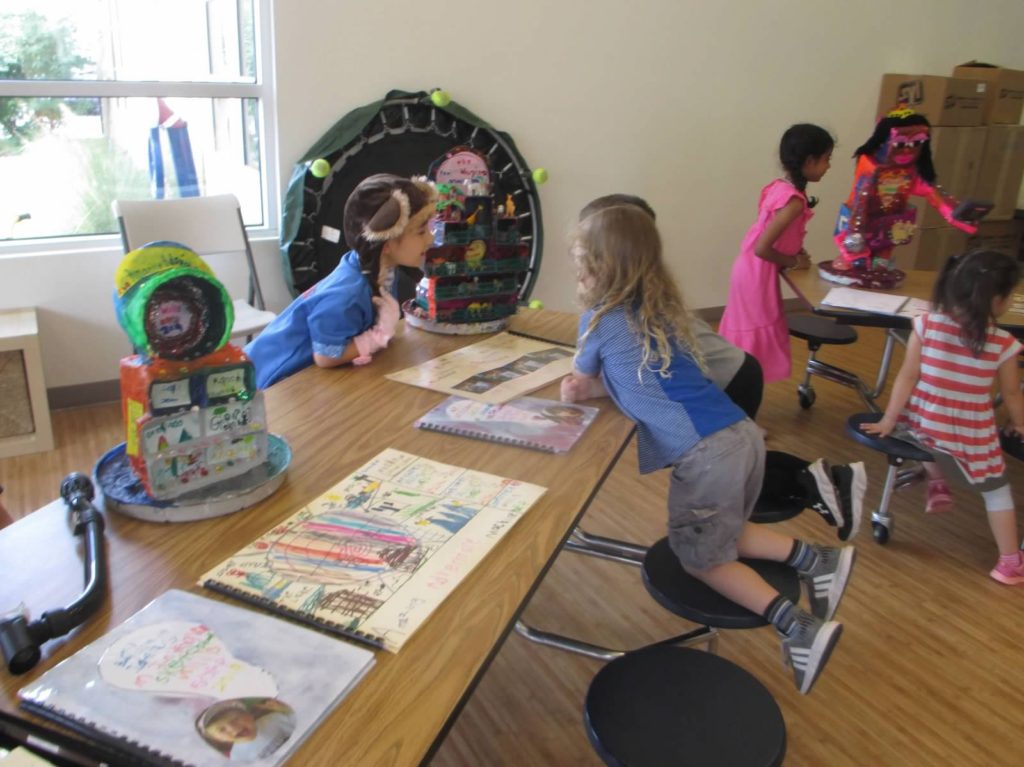
Finally, the kids painted their prototypes, made their logo to include on the structure and added more details to really bring it all together. Many of the kids brought in things from home that they wanted to include in their invention prototype.
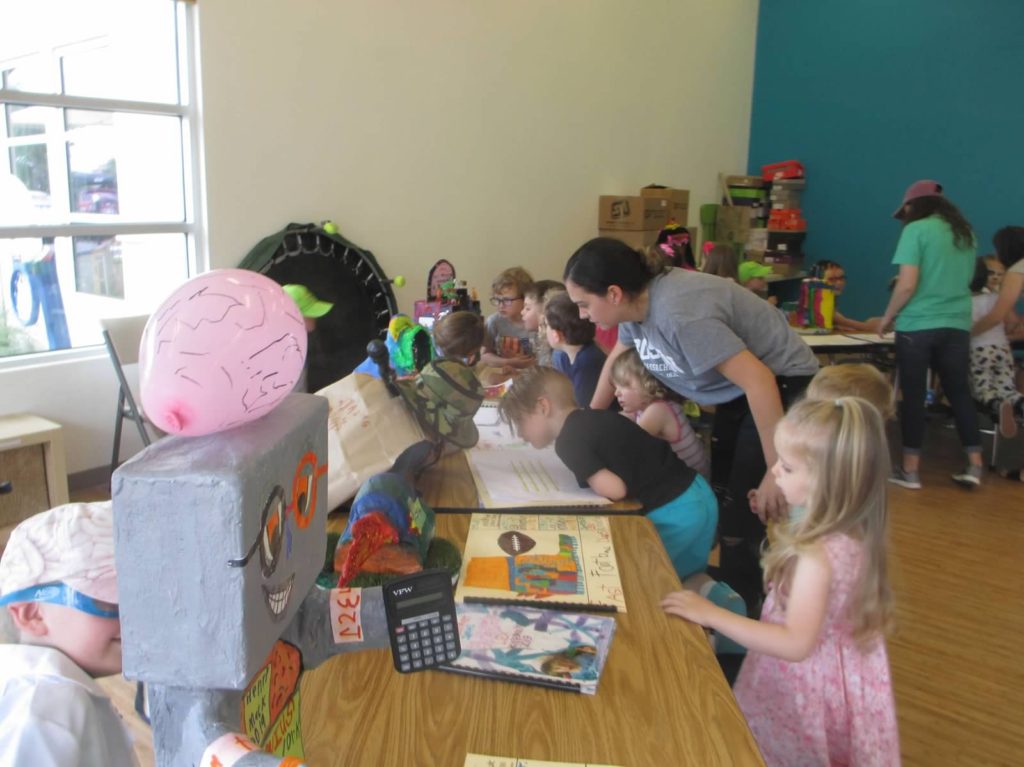
The day before the last day of school, the kids dressed up to go with their invention and they gathered their sketchbooks, blueprints and their giant, complex prototypes in our Great Room for our Invention Convention. They were ecstatic about showing the kids and teachers at school and their families all of their hard work. They were all so proud to go through their sketchbooks and blueprints and show everyone all of the things that their invention can do.
Presenting The Flamingos’ 2018-2019 Inventions!
